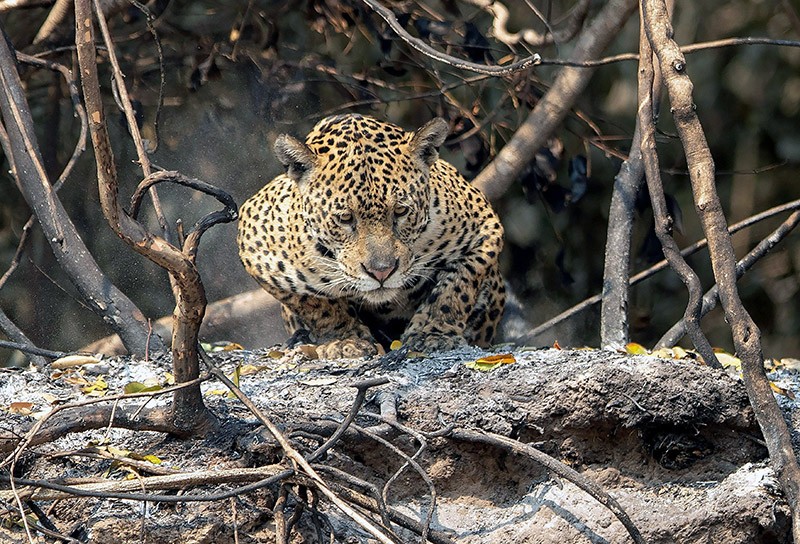COVID-19 vaccine development — where we are now
Hello Nature readers, would you like to get this Briefing in your inbox free every day? Sign up here
Infernos in South America’s Pantanal region — the world’s largest tropical wetland — have burnt twice the area of California’s fires this year. The region, which sprawls over parts of western Brazil and extends into Bolivia and Paraguay, is home to Indigenous peoples and a high concentration of rare and endangered species, such as jaguars (Panthera onca) and giant armadillos (Priodontes maximus). Scientists worry that the extreme blazes will profoundly alter the already-fragile ecosystem of the Pantanal, and that research programmes investigating the region’s ecology and biodiversity will never recover. “It is a tragedy of colossal proportions,” says biologist Luciana Leite.
Future explorers to the Moon will be exposed to 200 to 1,000 times more radiation than levels experienced on Earth. The radiation data were collected by China’s Chang’e 4 probe, which landed on the far side of the Moon in 2019. Researchers who reported the results say travellers who stay on the lunar surface for more than a few days should build shelters of Moon dirt, made of 80-centimeter-thick walls, to protect themselves from the radiation.
Reference: Science Advances paper
Time to lay the ‘birdbrain’ stereotype to rest forever. Two studies have revealed that birds have a brain structure that is analogous to our cerebral cortex, and that brains of carrion crows (Corvus corone) show signs of consciousness. Researchers worked with two carrion crows (named Ozzy and Glenn) in an experiment in which the crows had to keep track of what they had seen to receive a reward. The activity of the crows’ neurons showed that they had ‘sensory consciousness’: they knew what they had seen. A separate study of the neuroanatomy of birds found that a part of their forebrains — the pallium — does the heavy cognitive lifting that the cerebral cortex does in mammals.
Go deeper with an expert analysis by neuroscientist Suzana Herculano-Houzel in Science.
Reference: Science paper 1 & Science paper 2
Features & opinion
Five international students and postdocs reflect on a turbulent year triggered by visa restrictions in the United States. “It has been a scary and painful time because I truly love this country,” says neuroscientist Gloriia Novikova, who advises other scientists to think long and hard before choosing to study in the United States. “I feel free, but I no longer feel secure and welcome.”
Anthropocene, plasticene — most of the proposed names for our current epoch hinge on humanity and conjure images of the worst of what might lie ahead. “Before it comes time to engrave it in stone, to nail in the golden spike of our new epoch, we should reconsider the name we give our future — how it may subtly steer its trajectory,” writes palaeoclimatologist Summer Praetorius. In a lyrical meditation on the power of names, Praetorius proposes we call our new epoch the Heliocene, for a future in which we release our stranglehold on Earth’s carbon cycles and seize the potential of solar power.





